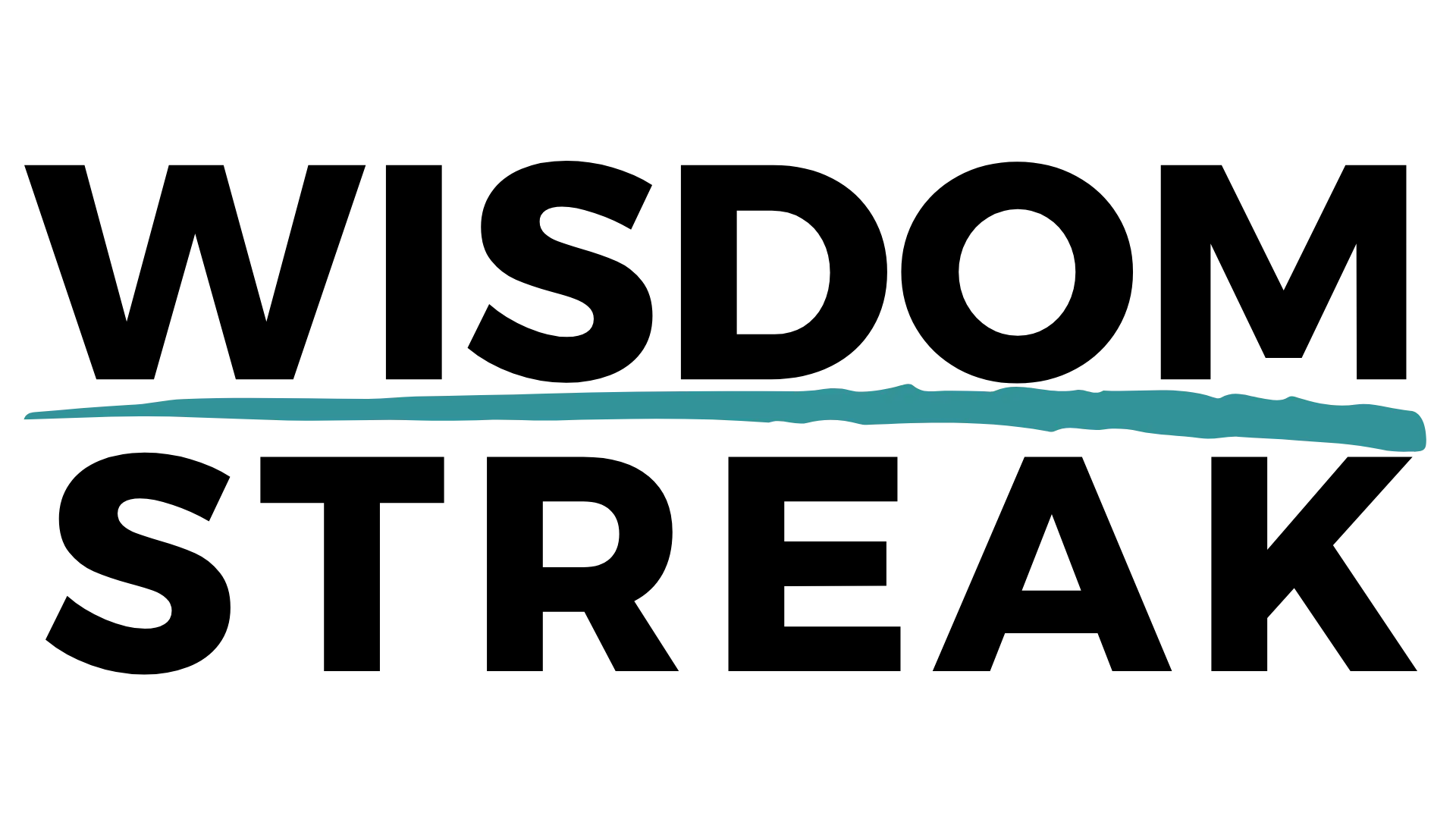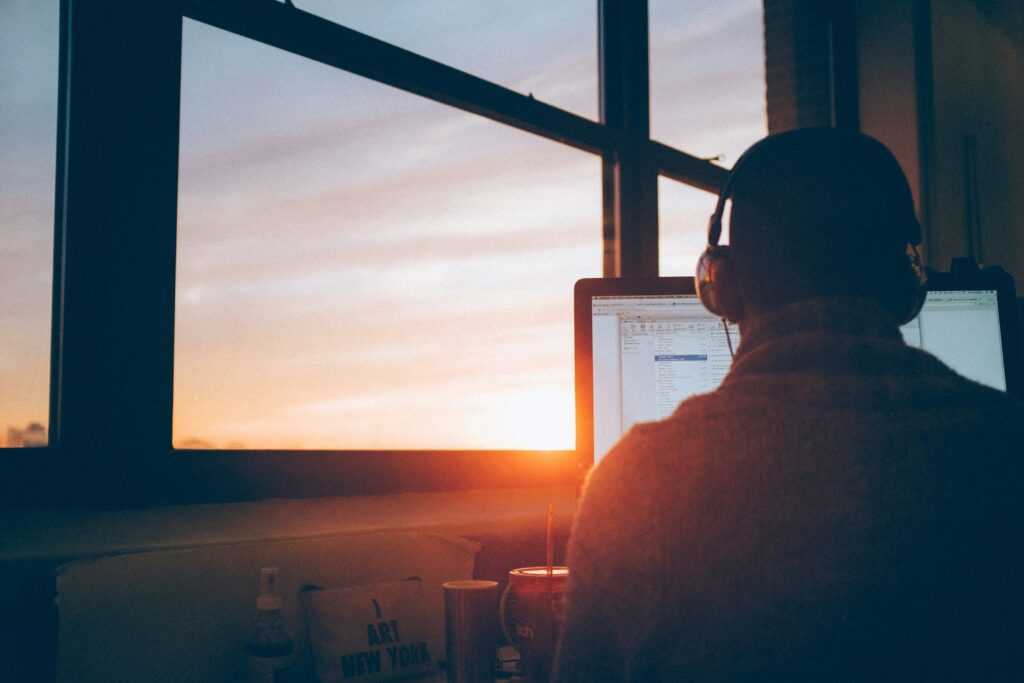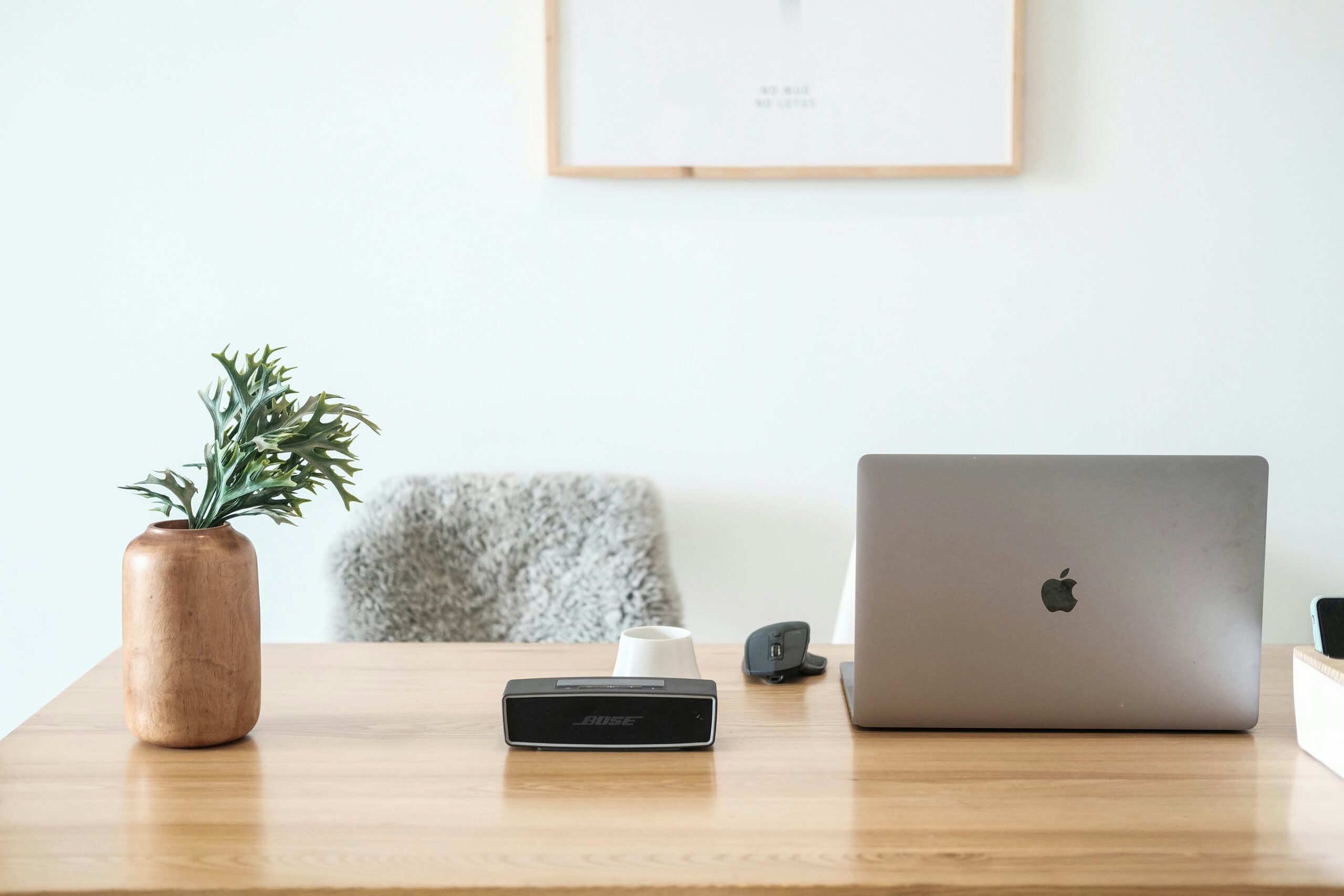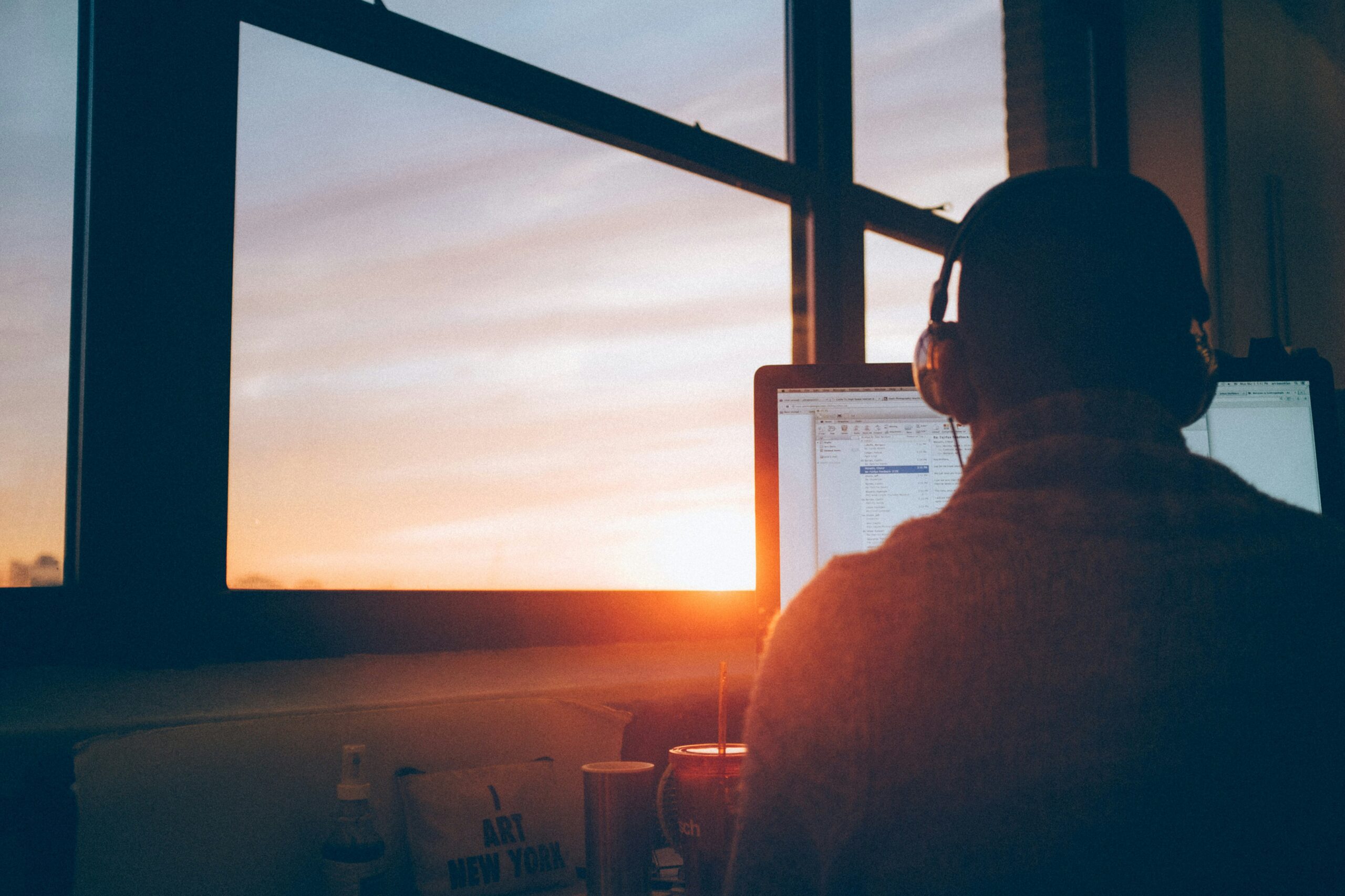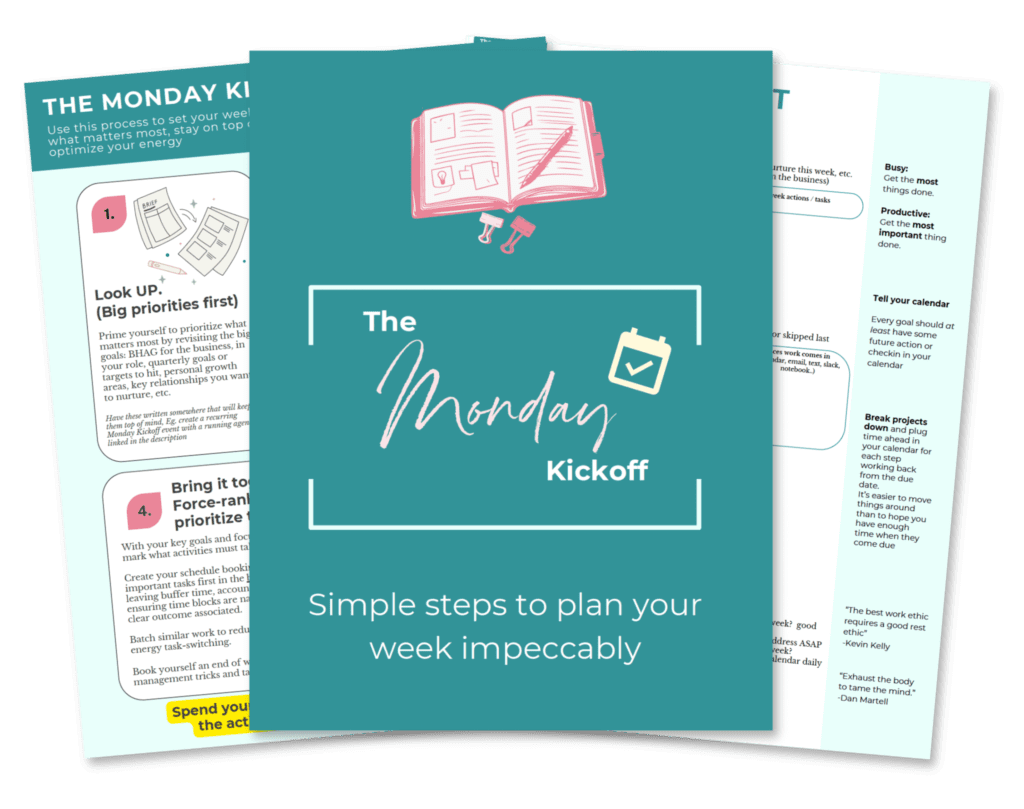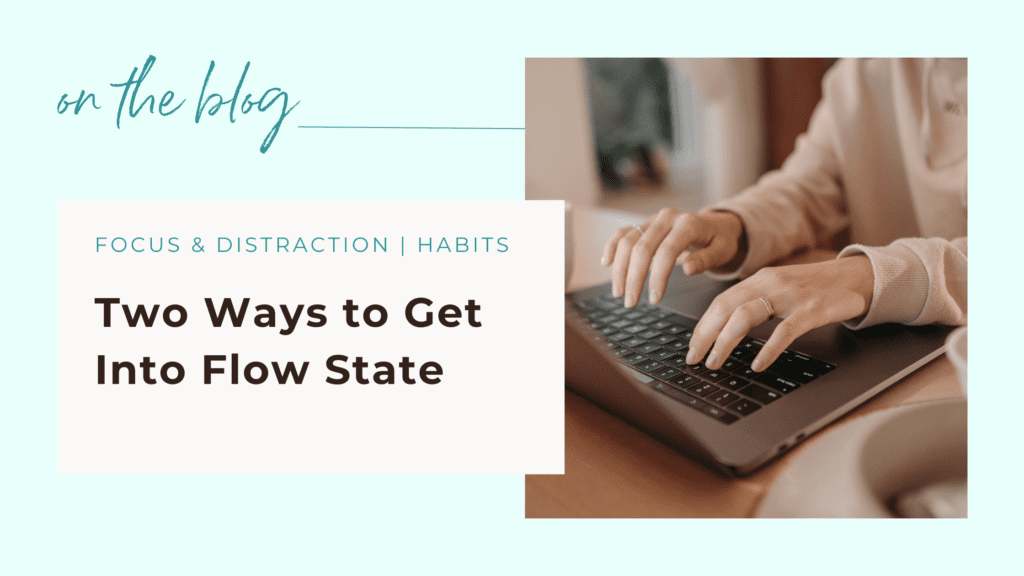
You know that sweet feeling, being completely in the zone.
Your awareness of time slips away and your focus is razor-sharp, your body and mind completely immersed and present in what you’re doing.
“effortless effort”
It can feel kind of jarring to get yanked out of it or interrupted (for me anyway), or strange like you’re waking up from a trance .
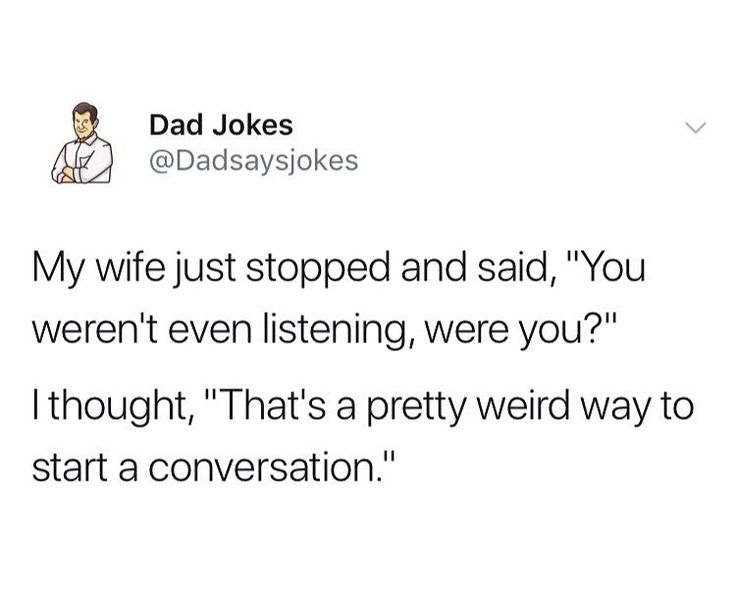
(this spoke to me.. I am the husband…)
So what is flow state?
The term ‘flow state’ was described by Mihaly Csikszentmihalyi in his TED Talk ‘The Secret to Happiness’ this way:
“There’s this focus that, once it becomes intense, leads to a sense of ecstasy, a sense of clarity: you know exactly what you want to do from one moment to the other; you get immediate feedback”
Csikszentmihalyi is referred to as the “Godfather of Flow Psychology” and has interviewed people all over the world about when they felt their best and performed at their best.
Spoiler alert: it was not when they got a bigger house or higher salary 🙂
For happiness, the ‘if…then’ mindset is flawed
(IF I can get a bigger house, THEN I will be happier/be good/better/ok)… but those feelings can be enjoyed by accessing flow.
A highly engaged and challenged state can be quite joyful
Being so involved in an activity that nothing else matters… such intense concentration that you don’t have any attention available for anything else, you can’t be derailed, you’re totally present.
What I love about this is it is accessible to everyone – we’ve all most certainly experienced being in a flow state and will again in our lives… but it would be nice to access flow predictably – on demand.
Ok… so how to access flow state?
First, decide for WHAT.
I.E. what activity are you planning to do that you want to get into flow state for, completely immerse yourself in?
The Challenge-Skill Balance
There is a sweet spot in regard to the level of challenge of a task against your level of skill. Activities where the level of challenge slightly exceeds your level of skill, that force you to stretch and keep getting better – are perfect.
Something that strikes the ‘challenge/skill balance’ is not too easy to bore you and not too difficult that it overwhelms you.
Have you ever noticed when you think back on demanding times when you were working hard for something, it feels positive, like a good memory to reminisce on?
How Peak Performers Access Flow
Steven Kotler’s company The Flow Collective lists 22 Flow Triggers , ranging from dopamine-producing triggers, creative triggers (eg a new medium to try), individual and team triggers to access flow state.
You are propelled through the activity with rapt attention, is another way peak performance researcher and author of ‘The Art of Impossible’ Steven Kotler describes flow.
A few flow ‘triggers’ to note:
- About you and how you bring yourself to the activity:
- (11) “Deep embodiment” – engagement of the senses, grounding and breathing techniques for example, getting present
- (3) “Complete concentration” – eliminating external interference and distractions, developing habits and designing your environment to promote focus
2. About your activity of choice
- (5) “Clear Goals” – having specific, well-defined objectives to heighten motivation and direct your attention more easily
- (1) “Passion, Purpose, and Curiosity” – a reason, a why that gives meaning to the effort
Creating a repeatable sequence
If you have young kids, you know the power of a ‘bedtime routine’, a winding down sequence that gets the energy shifted into sleep mode and prepares the environment (dimmer lights, quiet, reading, no screens, etc.) to promote sleep.
If you have a bedtime routine yourself that’s well-ingrained you know how sometimes you can feel your body anticipating sleep?
The power of it really shows when something gets in the way of the bedtime routine!
Can you create a flow boot up sequence for work you can repeat regardless of your location (WFH, office, coffee shop, etc.)
SAR (steal and replicate) flow state boot-up sequences from the best
Two of my favorite people to learn from about productivity and mindset (Sahil Bloom and Rob Dial) have written about their flow state boot up sequences. They are both new parents, run multi-million dollar businesses, and deal with focus challenges like ADHD.
1.. Engage 3/5 senses (Sahil Bloom).
Sahil Bloom, founder of SRB Holdings, Author of The 5 Types of Wealth crafted his boot up sequence around the 5 senses:
- Touch (movement/body action before you start)
- Taste (to drink, chew, snack on)
- Sound
- Sight
- Smell
Here is his boot up sequence which he says he typically goes through twice each day. He recommends thinking back to a time you were in flow state and with each sense is there something actionable and repeatable you can try out in your sequence.
Without further ado, here is Sahil’s boot up sequence:
| Touch | Go for 5-min walk or take 3-min ice bath (unlocks creative energy and primes body) |
| Taste | Black cold brew |
| Sight | Sits at his writing desk facing window in room with dark walls, neutral art and plants |
| Sound | Classical Essentials playlist on Spotify or Brainwave Binaural Programs app |
| Smell | Cedarwood / sandalwood candles or oils (both have been shown to help with focus) |
The 3/5 senses idea is helpful since it can’t always be perfect – if you’re in a new location or can’t get your snack/drink of choice one day for example.
2.. Create a body and space for focus, then do 4 Pomodoros (Rob Dial).
Rob Dial host of The Mindset Mentor podcast does 2hr focus blocks with 4 waves of deep work using the Pomodoro Technique (25 mins on, 5 mins break).
He sets up his body and environment to get in the zone this way:
- Noise-cancelling headphones on with binaural beats
- Eliminate distraction
- Turn ALL notifications off on computer
- Phone in another room
- Clear space visually
- Caffeine (drinks Guayaki Yerba Matte)
- Use pomodoro technique (25 mins on, 5 mins off)
- “Turn off peripheral vision” and start
To ‘turn off’ your peripheral vision and shift your mind into focus mode, you can stare at your screen without blinking as long as you can, telling your brain this is what you’re going to focus on, until your peripheral vision starts to disappear.
Use a kitchen timer like my favorite one from Amazon or the free Pomodoro app (instead of your distraction machine I mean phone:).
Your turn!
Create a flow sequence for yourself
1…Choose a “formula” to experiment with that you think might work for you (or has in the past). This is your Flow State Boot Up Sequence and a work-in-progress
2…Pick a time in your calendar when you think you’re at your peak energy/focus naturally.
3…Load up a task that you feel will push you past your skill level (challenging enough), write it in the calendar event and include whatever you need in the description to save you time/get you into the work as fast as possible. (I recommend trying for the highest value, dial-mover task you can think of)
4…Eliminate distractions ahead of time
(4a…If you’re in the habit of putting things in your calendar for yourself but have trouble following through, use a forcing function like asking someone to plan to follow up with you and confirm you did it. If that’s not enough, add a consequence like you owe them $20 if you didn’t do it)
5…Write out your chosen sequence steps and check them off until it becomes a habit.
Resources:
https://www.youtube.com/watch?v=jlMZM4lksRw
https://www.sahilbloom.com/newsletter/the-flow-state-boot-up-sequence
